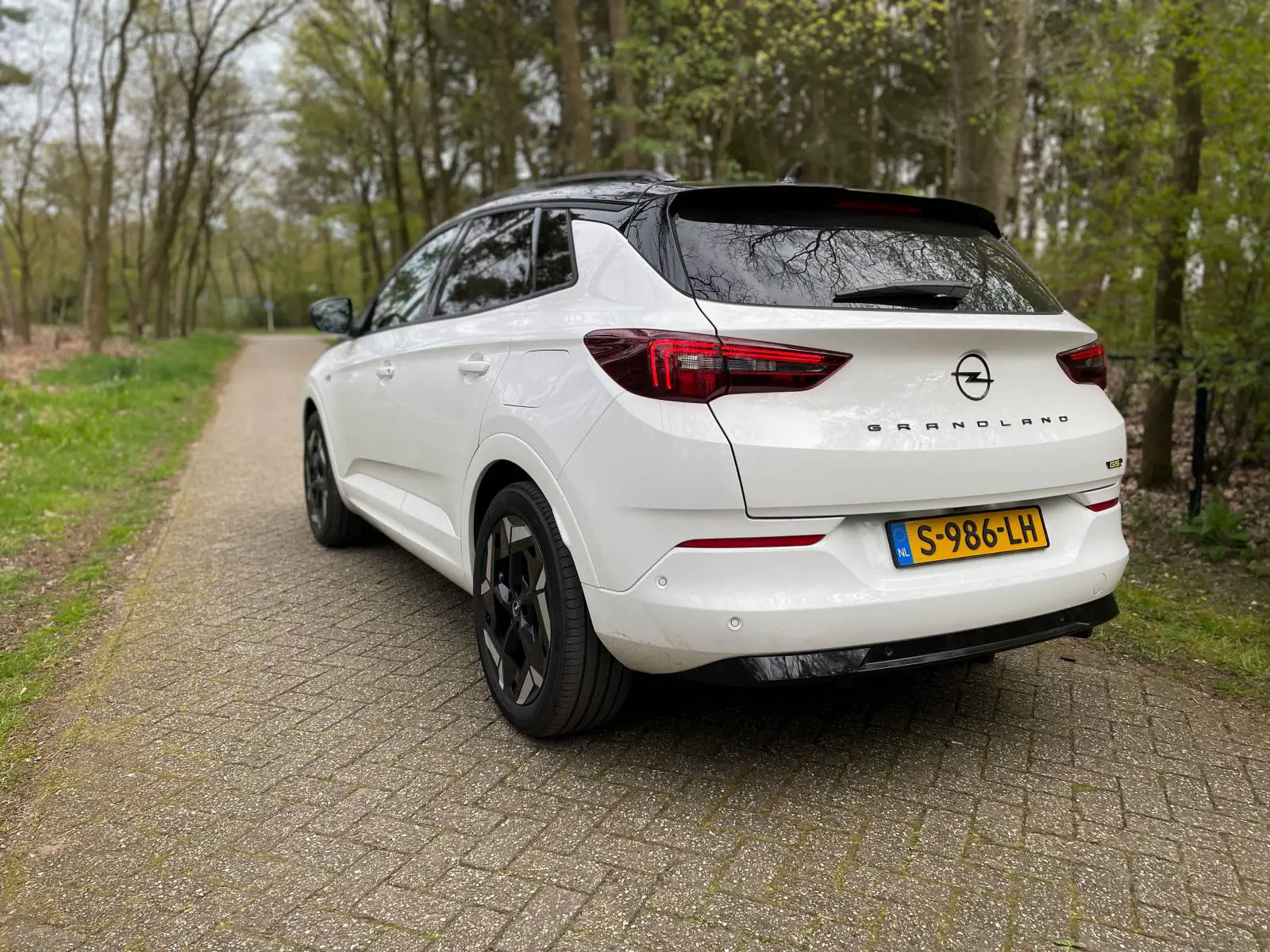Review – Opel Grandland GSe – 3 pluses & 3 minuses.
Opel GSe
The GSe label is back! In the past, Opel pasted these three letters on the extra sporty Commodore GS/E and Monza GSE. The return of the GSe label was somewhat announced back in 2021 with the Manta GSe concept: an electric tribute to the iconic Opel Manta. Opel now has the first three new GSe models in the showroom: the Astra GSe, Astra Sports Tourer GSe and the Grandland GSe. For now it is about three plug-in hybrids, in the future we can expect mainly additional sporty electric models within the GSe sub-brand.
Fast mileage enthusiast
With the GSe label, Opel has no intention of conquering the street with fierce racing monsters similar to the OPC models of the past. The German brand has simply spruced up some models considerably with a hefty dose of extra power and a more sharply tuned chassis. We drove the Grandland GSe abroad before, but now we have finally tested the sporty SUV on Dutch asphalt. What is he good at and what could be better? We summarize it in three pluses and three minuses.
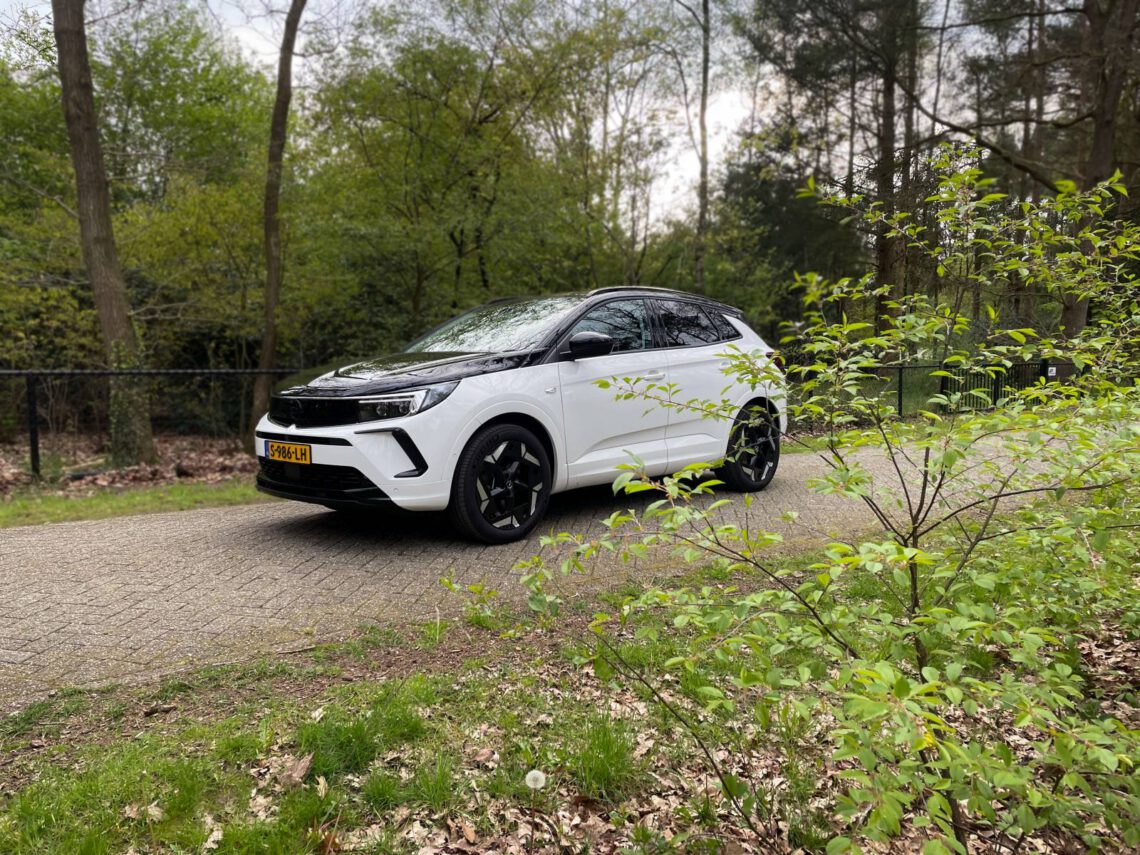
Three pluses
1: Sporty but economical fun SUV 👍
Opel has revived a powertrain that was once before in the Grandland. It involves a 1.6-liter four-cylinder and two electric motors, which collectively speak a muscular language of 300 hp and 520 Nm. Solid power, then, and the Grandland catapults itself from 0 to 100 km/h in just 6.1 seconds. So this SUV won’t just be put away at the stoplight by the first Tesla leaser. Its top speed is 235 km/h.
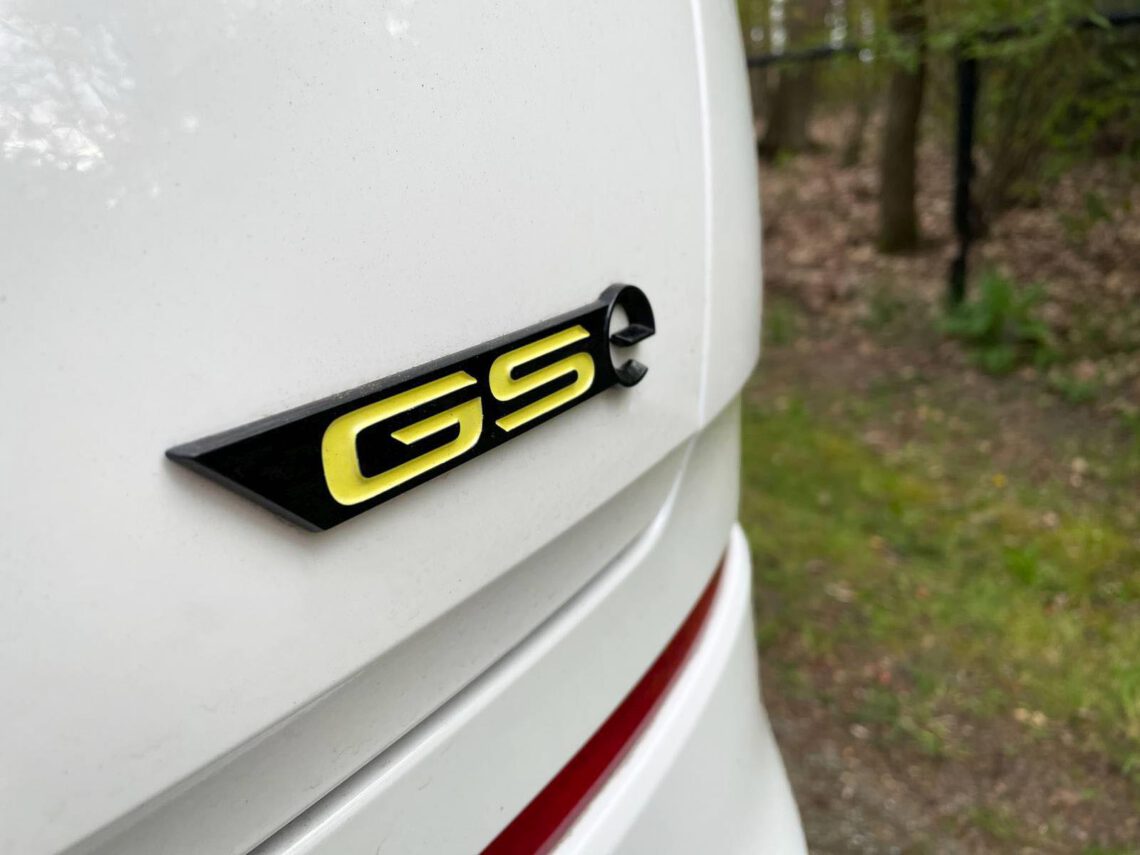
The GSe – unlike many plug-in hybrids – is also fast on pure electric power. In many PHEVs, an underpowered electric motor has to do all the work on its own when the gasoline engine takes a break. However, the Grandland GSe features two electric motors. A 110 hp strong one on the front axle and on the rear axle is one that produces 113 hp. Enough to give you a big push.

So even a frugal drive to the supermarket doesn’t have to be boring. And economical it is. According to the booklet, fuel consumption of 1.3 liters per 100 kilometers (1 on 76.9) is possible. You really can, provided you use it as it is intended. You will then have to plug it in regularly. This allows you to drive about 40 to 50 kilometers fully electric, which is often enough for daily rides to school, the office and the supermarket. You can then save the gasoline engine for weekend “fun rides.
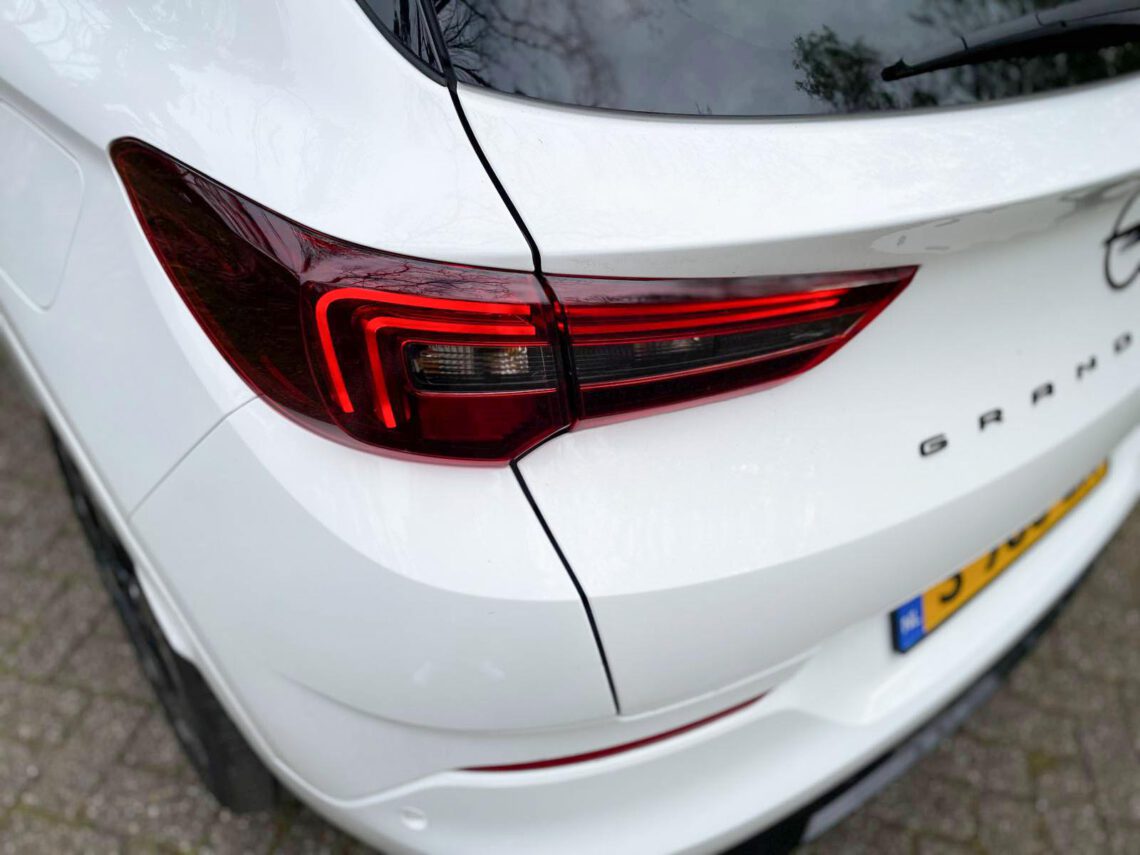
2. Sports suspension 👍
In terms of driving dynamics, the GSe version has undergone some significant modifications. The steering has been modified, making communication between the front wheels and the steering wheel noticeably more direct. The suspension has also undergone considerable work. There are front McPherson struts and the springs are significantly stiffer than in the standard Grandland. It clearly benefits the handling. You can attack a corner at high speed without the car tilting noticeably. A special experience in a family SUV. Also not to be forgotten: the Grandland GSe is equipped FSD dampers from Koni, which always guarantee a fine driving experience.

3. Sporty appearance 👍
Sporty performance is accompanied by an extra sporty appearance. Indeed, Opel has dressed the SUV up nice and thick, with eye-catching details such as a diffuser at the rear and cool 19-inch alloy wheels that have the design of the Opel Manta GSe concept wheels. A bright yellow GSe logo on the tailgate completes the picture. The black hood – a typical feature of Opel’s sporty models of the past – is an option. For only 199 euros, Opel gives the hood a lick of black paint. Right away, if you ask us.

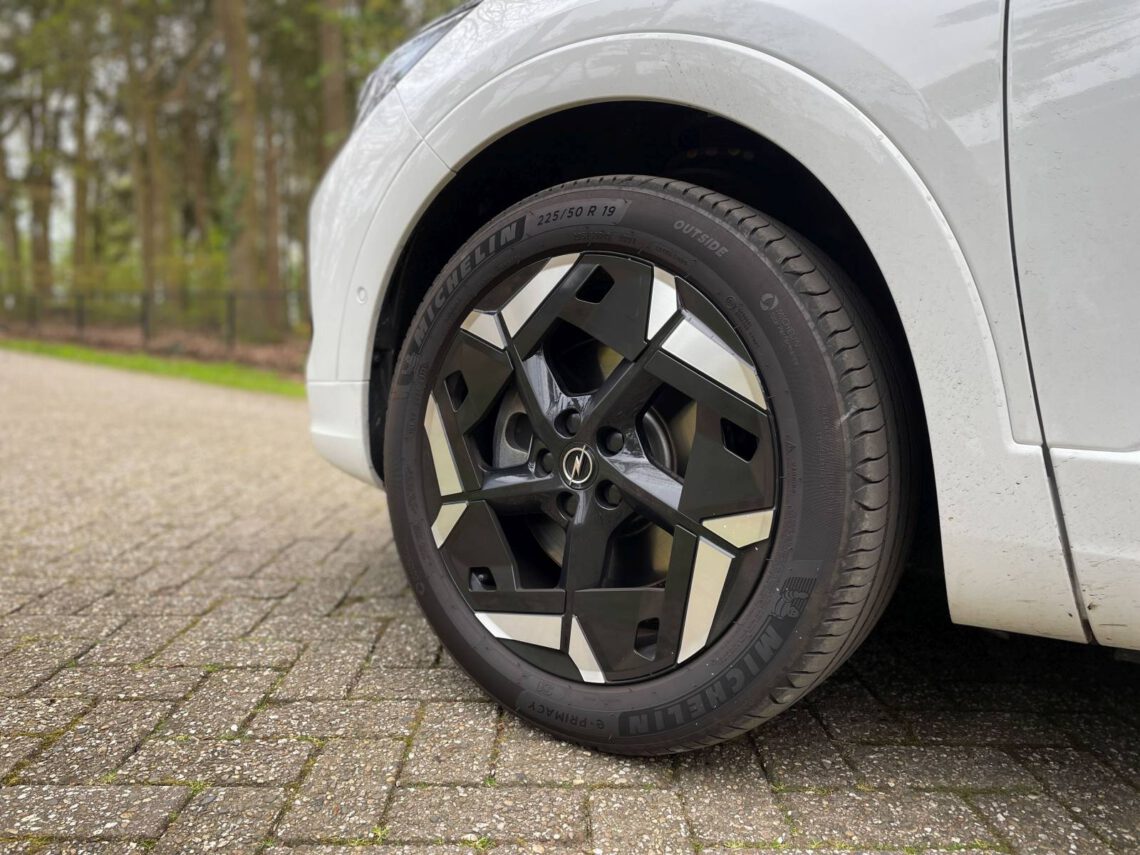
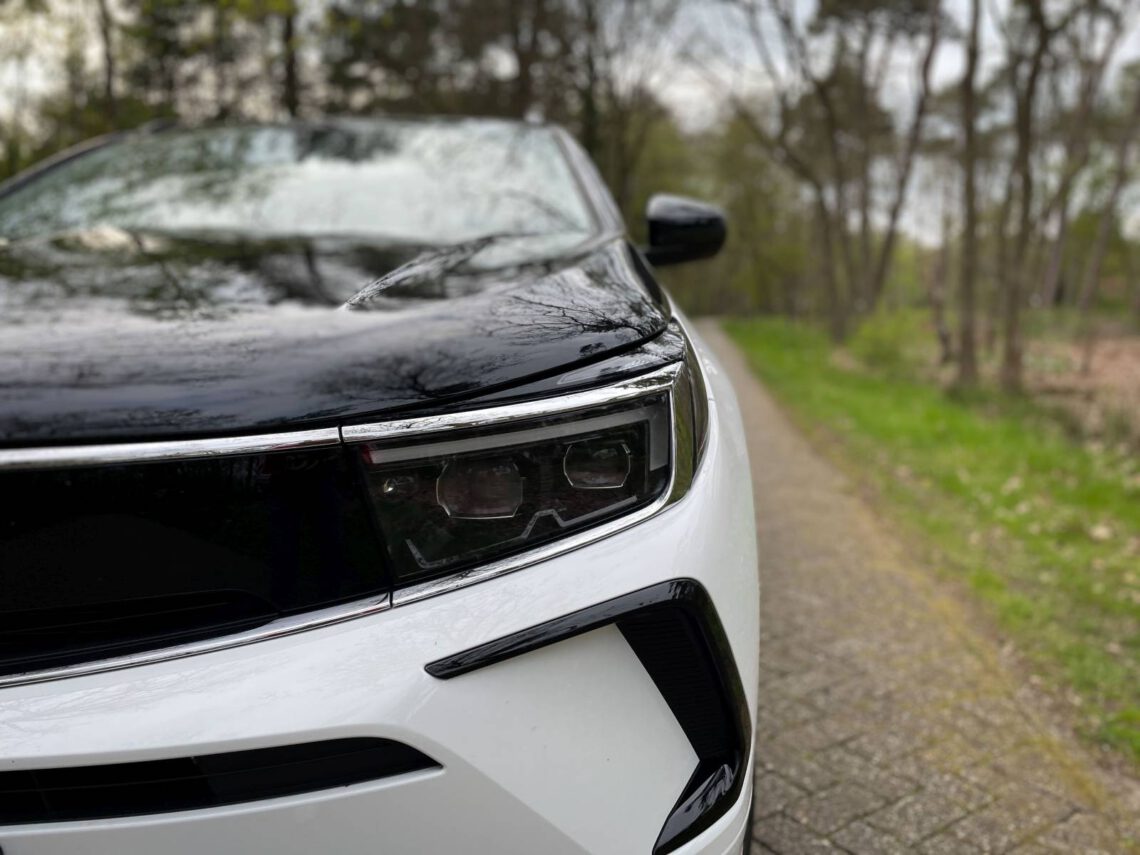
Also nice: Opel mounts sturdy front sports seats covered in alcantara. You can only get them in the GSe models. They keep you snug, yet are surprisingly comfortable. They have AGR certification, which means they provide good support for your back.
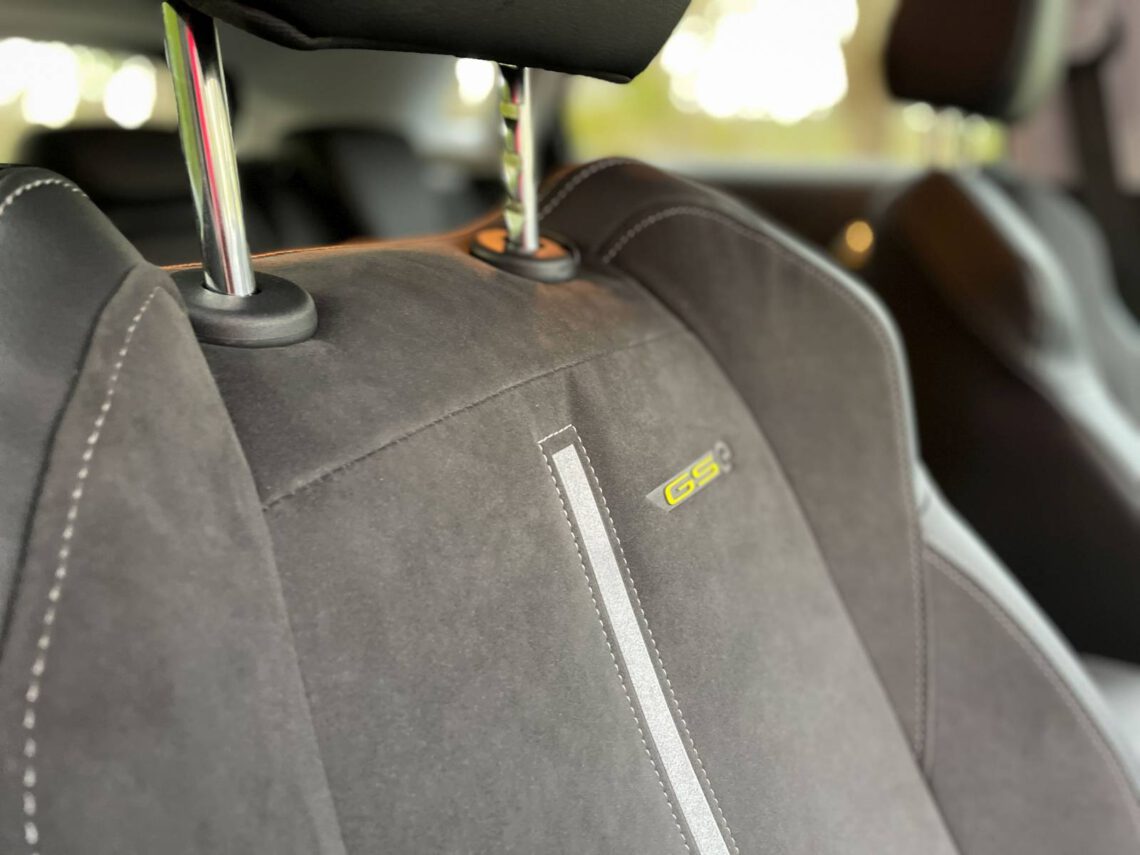
Three Minuses
1. Dated 👎
The Grandland has been on the market since 2017, and you can tell by some things in the interior. The interior underwent a major change in 2021, replacing the old screen in the center console with the all-digital Pure Panel that extends across the dashboard. Totally top, nothing wrong with it. However, the things that remained from 2017 – such as a lot of dials and push buttons – are starting to show their age. It’s fine to live with, but the interior of the new Astra looks a bit sleeker and more modern.

2. Luggage space not the most spacious 👎
The Grandland GSe ‘s battery pack is under the rear seat, yet the hybrid technology snatches away quite a few liters in the luggage space. A Grandland without a plug has 514 liters, but in the GSe you have to make do with 390 liters of storage space. Many plug-in SUVs from other brands don’t do much better, by the way. An electric motor on the rear axle simply takes up space. However, there is still enough room for daily shopping and a few suitcases for vacation. But when the whole family goes camping, a roof box is no luxury.
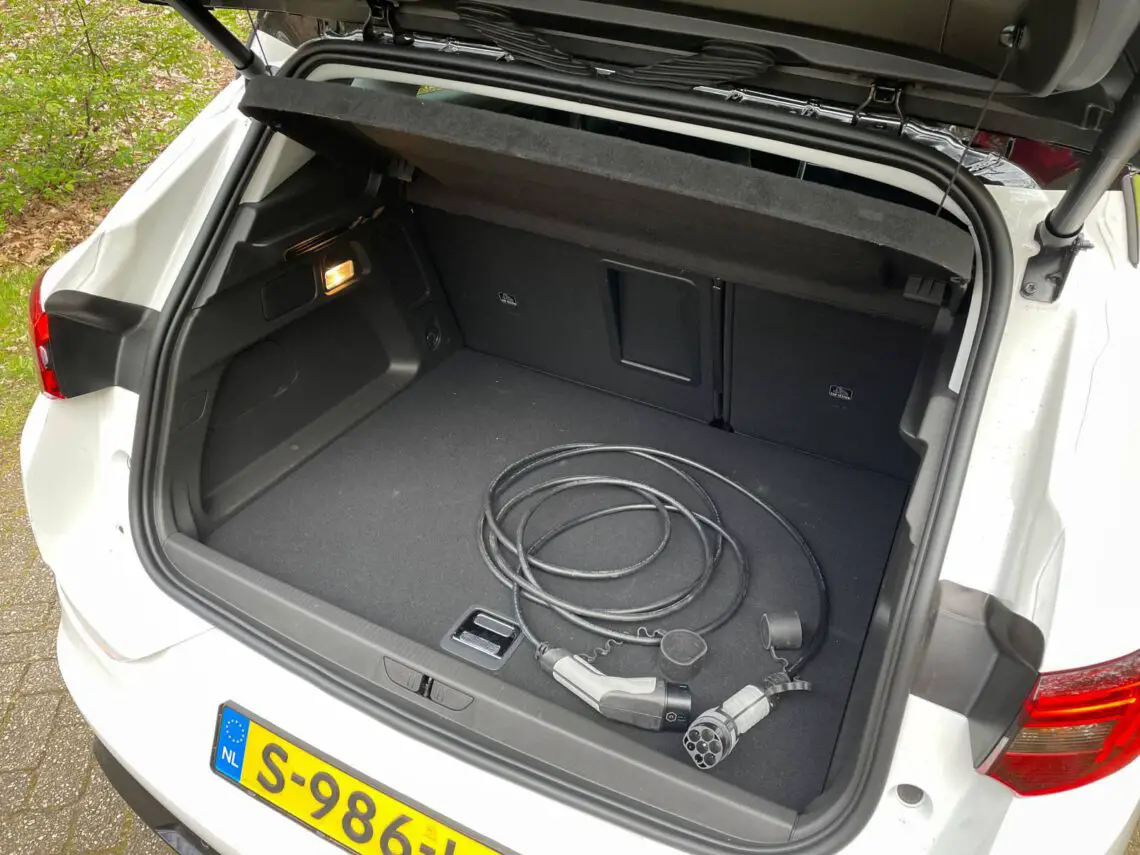
3. hefty price tag 👎
A regular, 225-hp Grandland plug-in hybrid starts at 46,000 euros. For the 300-hp GSe, Opel is asking 10,000 euros more. So you do get a lot more power for that, a fine suspension and everything else you’ve read above, but it’s still a hefty sum of money. Is it worth the extra cost? For drivers who can’t get below a practical family car, but love a solid game of steering: definitely!

